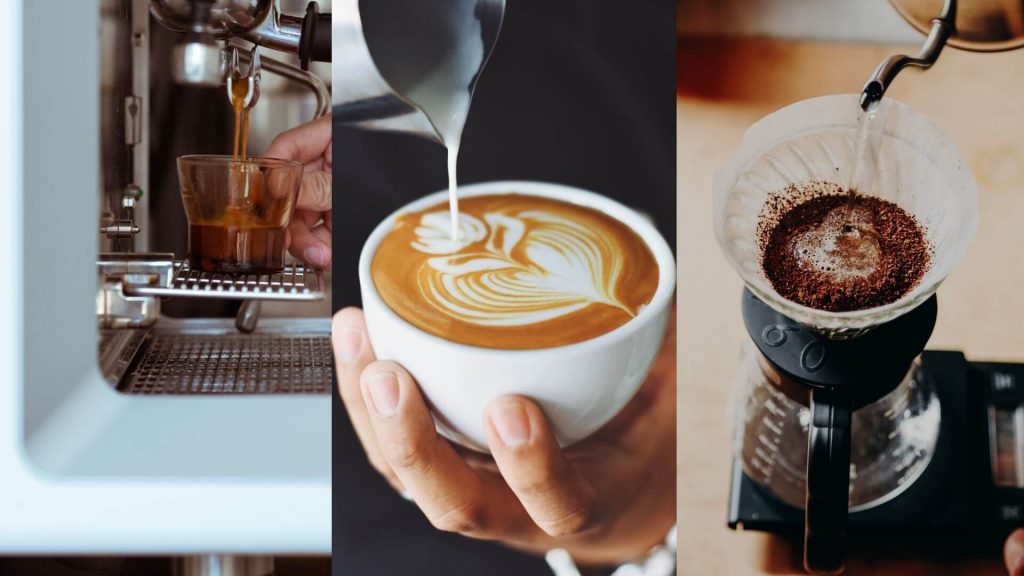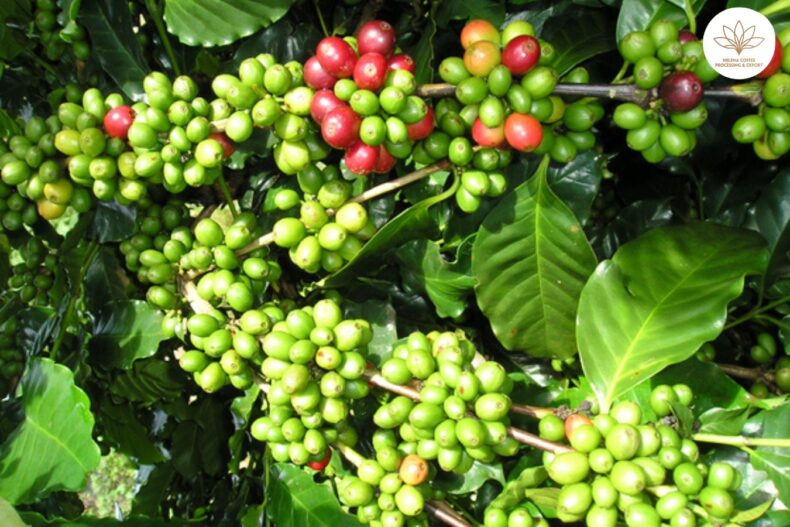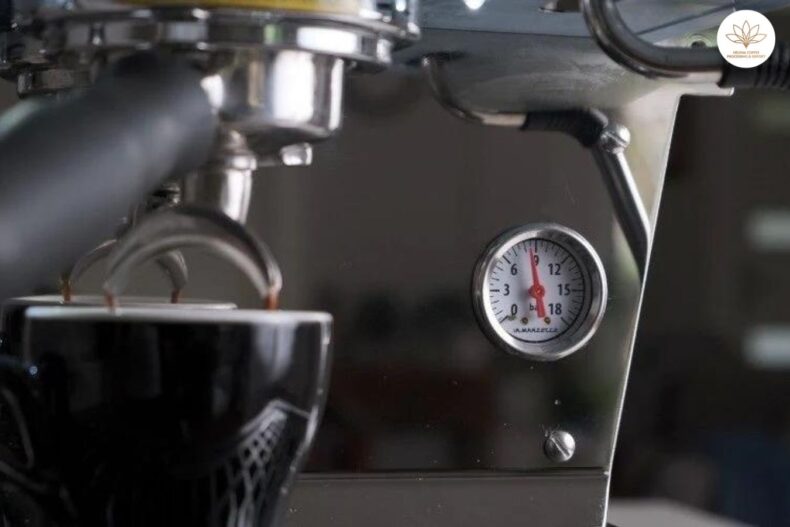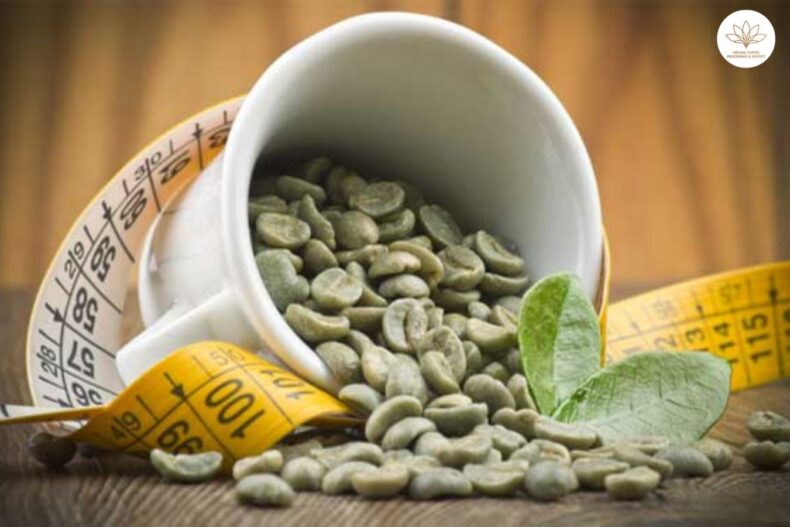
The Complexity Of Coffee: Have you ever considered coffee to be a highly complicated beverage? Many of us associate coffee with its black hue and harsh flavor when it comes to coffee.
However, from the standpoint of a coffee grower and producer, a professional mixologist, or a taster, coffee results from a complex combination of elements ranging from natural forces to human hands.
Let’s go inside the coffee cup we use every day today to better understand the complexity of coffee from the perspectives of farmers, roasters, and baristas.
Farmers and Producers: The complexity of green coffee beans
Coffee farmers have a wide variety of kinds and growing places to bring back the source of green kernels to make green coffee beans, which are the first unprocessed basic products of the coffee tree.
Coffee varieties
Robusta and Arabica are the two main coffee varieties produced and consumed today. So, how many different types of coffee are there in the world? No, that is not the case. There are around 100 species of coffee plants, according to specialists.
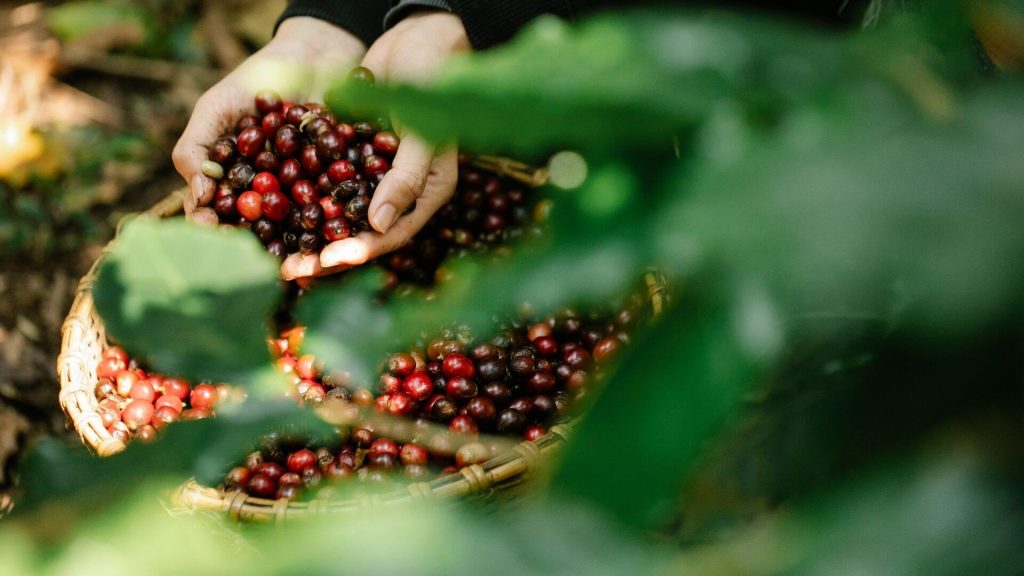
Although we do not cultivate all of the coffee variations that have been discovered, the varieties that are grown now and crossbreeding between them have resulted in a significant number of types. Aside from the purebred arabica and Robusta lines, some of the most popular tomato varieties now are Moka, Robusta Cherry, Catimor, Liberica, Excelsa, etc.
Planting location
Aside from coffee varieties, climate, soil variables, and cultivation altitude all impact coffee beans. Simply noting the growing area’s height impacts the coffee quality and is just as essential as the seed source.
The longer the growth cycle of a coffee tree, the slower the accumulation of nutrients in the beans, leading to a fuller flavor, tougher and heavier beans. Furthermore, coffee trees grown in high mountain places are frequently grown organically under the canopy of forest trees, resulting in a better economic value.
That isn’t even taking into account the cultivation and care of farmers in each region. Because it isn’t natural for African coffee to have a bright, balanced, sweet taste like tropical fruit, Asian coffee has a distinct earthy aroma, sweet flavor, and chocolate flavor and is bitter and robust in texture.
Preliminary processing
The stage between collecting the coffee cherries and storing the finished product, the beans, is known as preliminary processing. Aside from the quality of the coffee fruit, processing has a significant impact on the flavor of the coffee beans.
Essentially, there are two steps to processing coffee beans: removing the layers of the coffee cherries and drying the beans. The order in which the previous activities occur is the fundamental variation between the ways of processing coffee beans.
Several novel processing processes have emerged, bringing new flavors to coffee beans. Natural processing method, also known as Natural / Dry, Wet (Washed), and Honey are the three most prevalent coffee processing methods. Coffee beans have varying flavors depending on how they are processed.
Roasters: The complexity of roasting color and grind size
Only about 250 chemical components contribute to the fantastic bouquets of the most complex excellent wines. Meanwhile, during the roasting of good coffee, the Maillard process (reaction between amino acids and reducing sugars) can yield over 800 fragrance and flavor components. Coffee has the potential to be a vibrant and nuanced beverage.
Roasting Process
Coffee beans are green in color and have an odor similar to beans or grass before being roasted; flavor and aroma compounds begin to rise in the bean only after roasting.
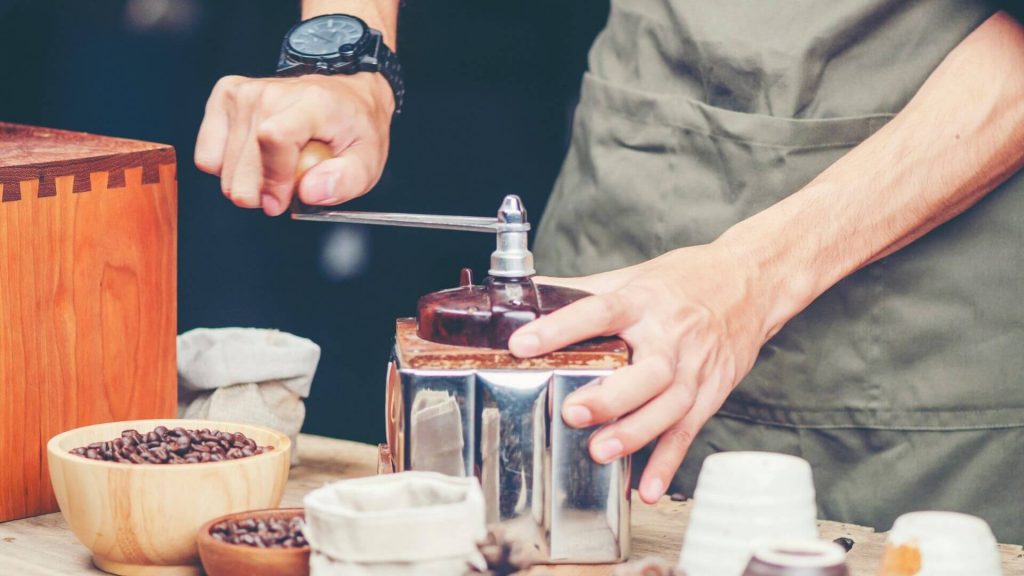
Two mechanisms govern all flavor generation: one is physicochemical reactions, and the other is art and inspiration. So the flavor we get from coffee originates from a brief journey of a few dozen minutes to convert from ingredient to taste, with a variety of qualitative alterations, including:
- The color of the seed will change from green to yellow to brown to black.
- The seeds become increasingly spongy and brittle as they nearly double in size and practically halve in mass.
- When roasted for too long, it produces 800 to 1000 taste components, which then diminish considerably.
- They make a loud (crack) noise as they expel steam and other gases.
- The color and flavor of the coffee are determined by the roaster’s time, temperature, method, and technique, resulting in subtly diverse experiences.
We often say that life is not a destination but a journey. It’s the same with coffee, coffee can be roasted to the same brown color, but the taste is completely different.
Grinding and Extraction Process
Although the same coffee can be used in various brewing procedures, there is no one-size-fits-all solution for all brewing methods. It’s no coincidence that experts have discovered different alternative preparation methods for each grinding size.
For example, with Espresso coffee, the faster the water passes through the coffee, the larger the espresso beans are. As a result of the short extraction time, the espresso is more acidic and diluted.
Meanwhile, if the coffee bean size is too tiny, the ground coffee will be too fine, and the hot water will spend more time in touch with the coffee. As a result, the coffee will be more bitter and burnt in flavor.
You can learn the following levels of coffee grinding:
- Coarse: The ground level is appropriate for coffee drinks like French Press and Cupping coffee. The powder particles are similar in size to those found in sea salt.
- Medium Coarse: Filter coffee, Clever Dripper, and Chemex work well with this ground level.
- Medium: The ground level is appropriate for coffee drinks such as the Aeropress (3-minute steeping), coffee filter, Pour-Over, and Moka Express. The powder particles are similar in size to sugar.
- Fine: The Aeropress grind level is ideal for espresso coffee. Particles in the powder are about the same size as fine sand.
- Extra Fine: It is an extremely smooth grind size, which is perfect for Turkish coffee.
Baristas: The complexity and variety in the preparation of coffee beverages
There are many ways of brewing coffee created globally to create coffee with its unique flavor. Among them, the 12 most popular processes for brewing a cup of coffee include Drip, Single-serve, Espresso, Turkish, Moka pot, Pour-over, Steeping, Vacuum pot, French press, Aeropress, Vietnamese Phin, and Cold drip.
Drip
Hot water drips over the grounds in a paper filter to make drip coffee. Most drip coffeemakers require only ground coffee, water, and a start button. You’ll have fresh, black coffee that stays hot for hours in minutes. Drip coffee is famous for making black coffee at home.
Single-serve
Single-serve coffeemakers brew coffee in a cup without a paper filter. Many coffee drinkers today prefer efficiency over quality. Single-serve gadgets like the Keurig are popular because they’re simple. Place your pre-packaged cup of ground coffee beans (or a reusable filter) in the slot, choose your size, and voila: hot coffee.
Espresso
Espresso machines pressurize near-boiling water through a coffee puck. It makes a 1 oz shot of coffee with the same caffeine as a cup of black coffee.
Turkish
Sugar, water, and ultra-finely ground coffee are boiled in a cezve. Once it froths, the coffee is served. So acceptable coffee grounds are needed. The grounds are never separated from the drink, even when done, and sugar is added before brewing.
Moka Pot
Alfonso Bialetti designed the Moka pot in 1933 to prepare coffee by pressurizing boiling water with steam and passing it over coffee grinds. This process can be done on a stovetop or campfire. If you leave it to brew too long, it will taste harsh and burnt, and nobody wants that.
Pour-over
Pour boiling water over medium-ground coffee in a pour-over-style glass coffeemaker. A pour-over often made with a light roast is a popular coffee drink. This approach produces a complex flavor. Timing and coffee grounds affect coffee’s potency and volume.
Steeping
Steeping adds coffee grounds (or tea) to hot water and lets it infuse, rather than boiling coffee grounds.
Vacuum Pot
The vacuum pot heats water in the bottom half of a siphon, which rises to the coffee grounds and falls back down when cooled. A vacuum pot delivers a fragrant and flavorful cup of coffee.
French Press
The French press entails pouring boiling water over ground coffee and letting it steep. Coffee grinds are pressed to finish. It is a widespread technique to brew at coffee shops and at home, and it’s an efficient, high-quality way to prepare coffee on the go. The barista presses the grounds into the liquid before serving them in a French press.
Aepropress
Aeropress resembles a French press. The difference is how the coffee grounds are extracted. Once steeped, rotate the Aeropress over and press the syringe-like instrument to release your coffee.
Vietnamese Phin
Vietnamese Phin is a drip method that uses robusta beans and a metal chamber. The chamber’s lid traps heat, which drips into a cup under a plate. This approach requires patience but yields a robust, low-acid beverage that mixes well with condensed milk and ice.
Cold Drip
Cold drip requires a three-tiered drop tower. Cold water steadily drips through fresh ground coffee beans for up to 12 hours. The shot is usually 1 oz (over ice, of course). Many confuse cold drip with cold brew. Other than water temperature and time, these methods are distinct.
Conclusion
Through what we have summarized and shared above, you probably also see that a cup of coffee is not as simple as it looks.
The diverse mix of hundreds of elements that can be harmoniously wrapped up to create an intoxicating flavor is the complexity of coffee we mean.
Related Posts:
Coffee Roasting: The Roasting Notes
The Conversion Of A Fresh Coffee Aroma
Robusta Cherry Coffee – A Distinct Flavor
Conferences:
Clark (2021). DIFFERENT TYPES OF COFFEE: ULTIMATE GUIDE TO BEANS, DRINKS & ROASTS.
Ernesto Illy (2002). THE COMPLEXITY OF COFFEE
PERFECT DAILY GRIND (2016). Coffee Science: What Affects The Flavour of Coffee?
